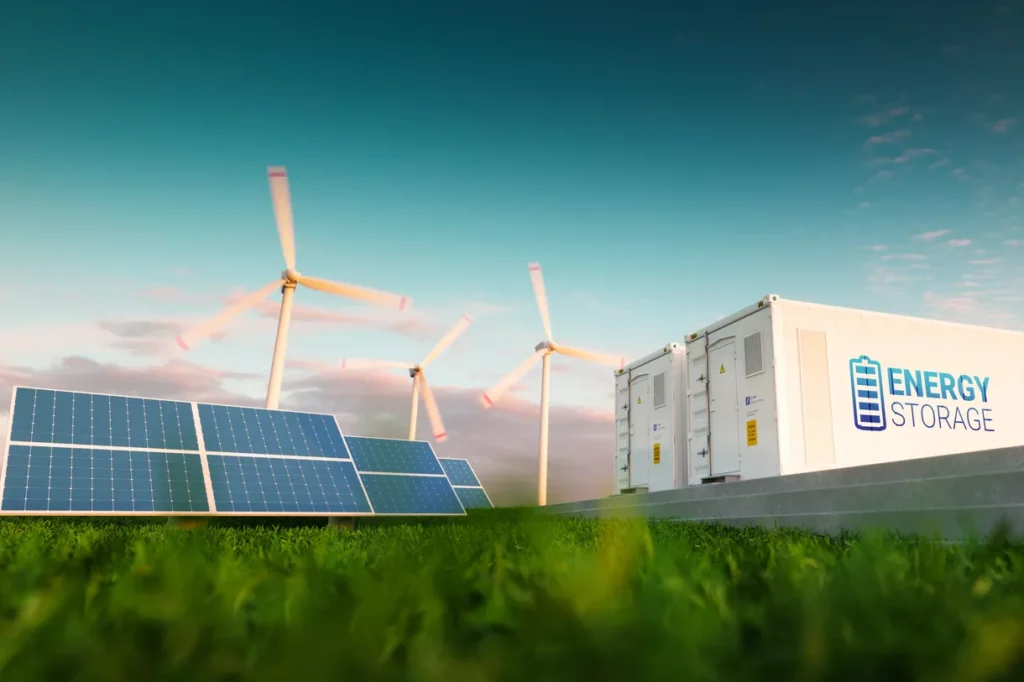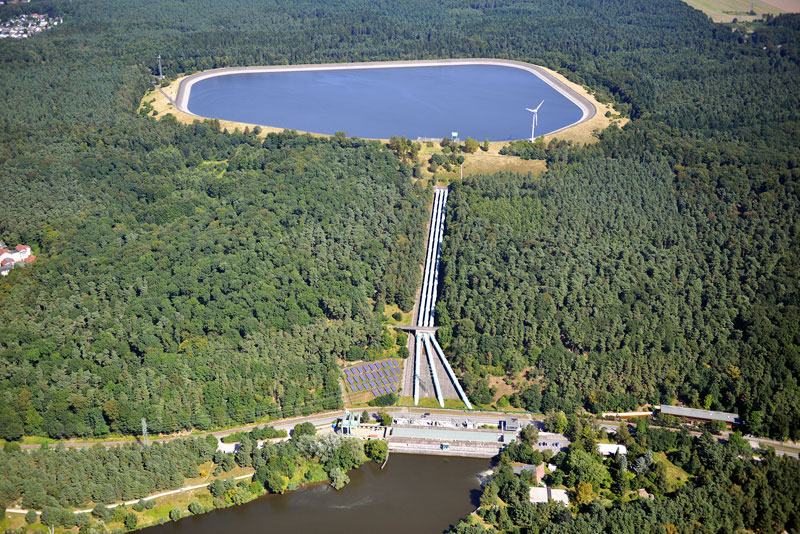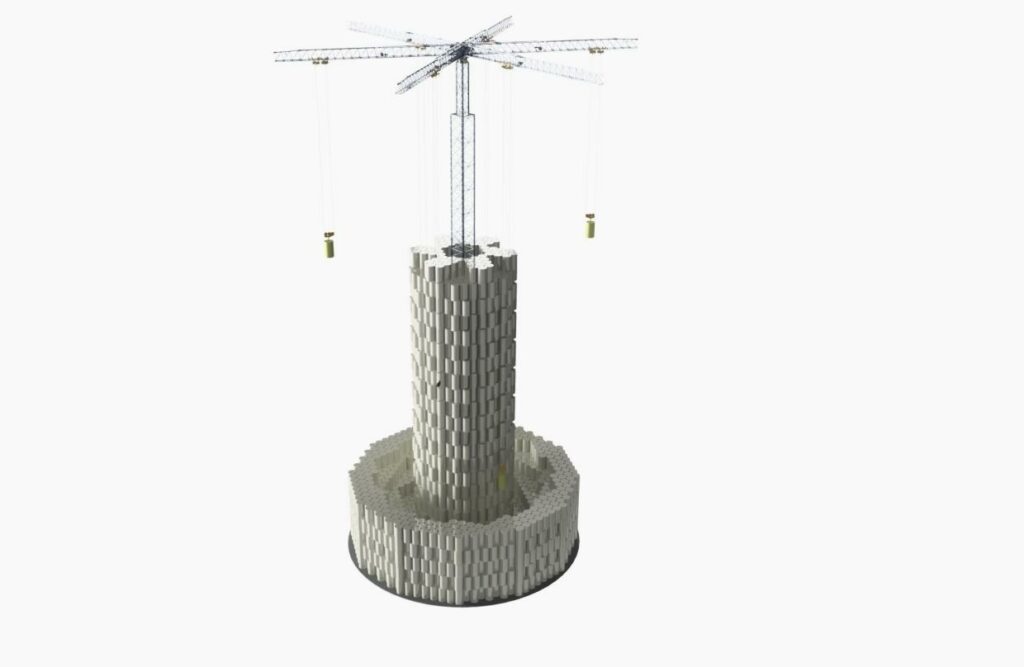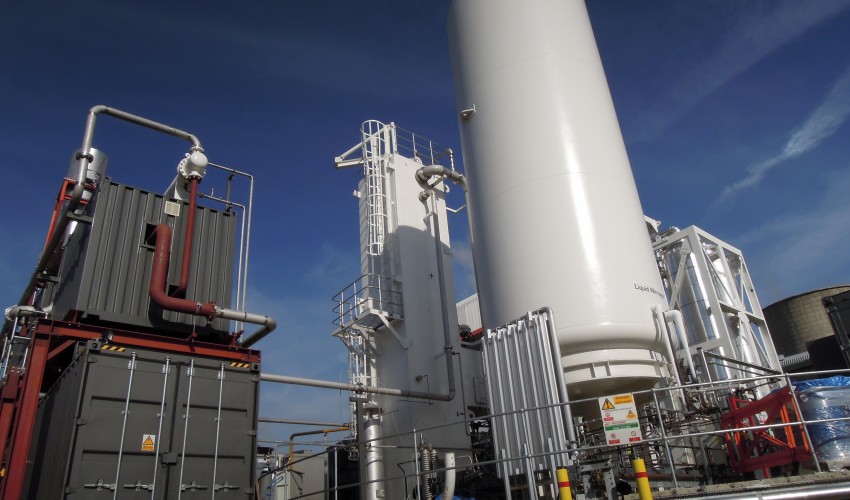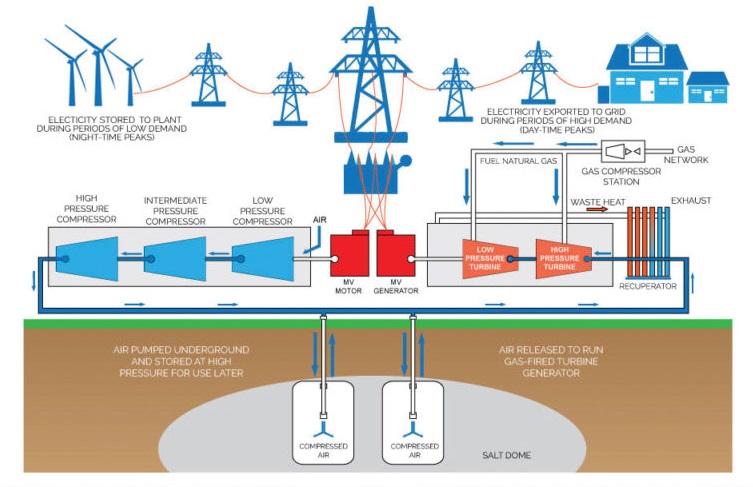Going green is one of the most objectives of today’s world, but can renewable energy be stored to be used when needed? Since renewable sources such as wind and solar can only be produced at certain times, a positive answer to this question could help a lot with wind and solar power dominating new power plants and gradually overtaking other sources of energy for electricity generation.
There are many options that are effective for supplying power generated from renewable sources, but the real issue is whether these solutions are accessible at a reasonable price range and development cycle. This sector of industry is still quite young, and therefore, the issue of sustainable supply of such products remains.
The good news is that wind and solar energy generation are gaining strength competing for capacity additions around the globe. This increasing trend will push for a higher demand of renewable energy storage capacity, and therefore, more effort to promote sustainability of storage approaches.
In what follows, we are going to look at some of the most promising methods giving the answer “yes” to the question “can renewable energy be stored?” at utility scales.
Can renewable energy be stored? Method 1 – Pumped Hydro
One of the ways to store renewable energy is called pumped hydro, which is based on taking advantage of gravity to move water. According to this method, water can run from a high to low reservoir producing electricity upon demand.
So, how can renewable energy be stored using pumped storage? When there is low energy demand, water is pumped uphill to be stored in a reservoir, and in periods of high energy demand, it is released through water turbines to generate power.
According to the U.S. Department of Energy, hydropower generated from the ordinary process of water accumulation behind dams as well as pumped water storage accounts for 95% of all utility-scale energy storage in the United States. It is expected to remain the largest source of renewable energy generation for a long time around the world.
According to International Energy Agency, more than half of new hydropower capacity additions will be for pumped storage in Europe and China by 2025.
Once these systems are built, they can harbor truly enormous amounts of energy compared to the largest batteries found today at quite a low cost. The problem , however, with this approach is that such storage systems require massive construction sites, and therefore, building new pumped-hydro storage plants are quite hard due to permitting implications regarding environmental considerations.
There is a new trend of building pumped-hydro power plants using isolated reservoirs that do not disturb ecosystems which solves the problem with construction permits; however, such projects might require billions of dollars in investment and decade-long development timeline.
Can renewable energy be stored? Method 2 – Stacked blocks
There is another way to say yes to the question “can renewable energy be stored?”, and that is making use of fall of concrete blocks from a higher point to the ground to produce energy instead of running water through the dam to a lower height.
In this scenario, a six-armed robotic crane will stack thousands of 35-ton, purpose-built monoliths on each other using the surplus of energy in the power grid, and then when there is need for excess power, it will take those blocks and drop them, which will produce power in the generator as the cable attached to the falling block is pulled down by the block.
Energy Vault is a startup which was the company behind this idea. They tried to come up with a solution similar to pumped hydro but for a more inclusive geographic diversity and lower cost.
Can renewable energy be stored? Method 3 – Liquid Air
One of the ways to answer yes to “can renewable energy be stored” is using Liquid Air Energy Storage (LAES). In this method, the surplus of power is used to cool air until liquification, then in case of need for excess power it is exposed to heat and expanded in a turbine to produce electricity in the generator.
LAES involves three main processes: charging the system, energy storage, and power recovery.
In the first stage, electrical energy draws the surrounding air inside, cleans it, and then cools it down until it is liquified. This means that for each liter of liquid air, 700 liters of ambient air will be cooled.
The liquified air is directed into a pressurized insulated tank to act as the energy storage unit. Such tanks have already been widely used for storing liquid nitrogen, oxygen, and natural gas; therefore, there was no need for innovation here. It is interesting to note that gigawatts of power could be stored using this approach.
Finally, during the power recovery stage, liquid air is drawn from the tank to evaporate and expand to reach ambient temperature, which will drive the turbine and generate power.
Can renewable energy be stored? Method 4 -Underground compressed air
Compressed air energy storage (CAES) plants are another answer to the question of “can we store renewable energy?”. These systems follow quite a similar logic to pumped-hydro systems in terms of power storage.
Instead of using excess power to pump water from a lower to an upper pond, CAES power plants compress air or another gas and store it in a pressurized vessel underground. During a high demand of electricity, the pressurized air or gas is heated and expanded in a turbine to drive generate electricity in the generator.
Instead of pumping water from a lower to an upper pond during periods of excess power, in a CAES plant, ambient air or another gas is compressed and stored under pressure in an underground cavern or container. When electricity is required, the pressurized air is heated and expanded in an expansion turbine driving a generator for power production.
Buy Equipment or Ask for a Service
By using Linquip RFQ Service, you can expect to receive quotations from various suppliers across multiple industries and regions.
Click Here to Request a Quotation From Suppliers and Service Providers
Read More On Linquip

